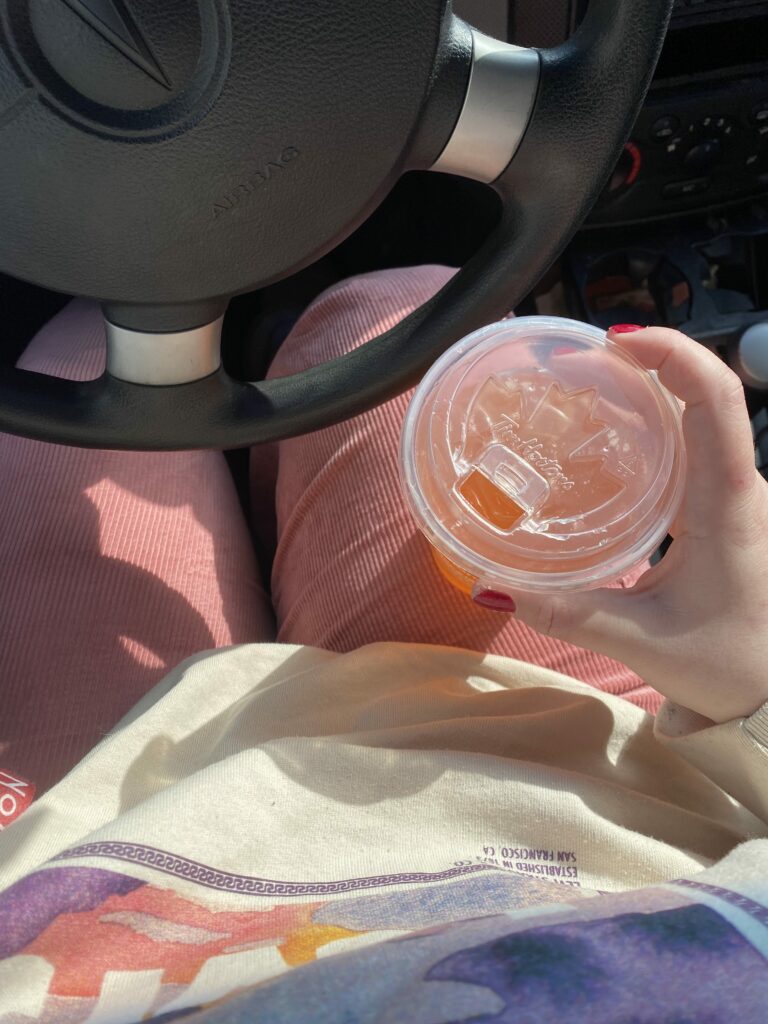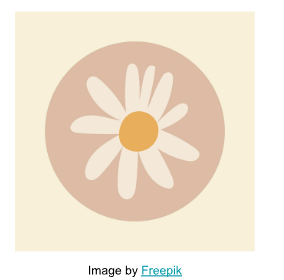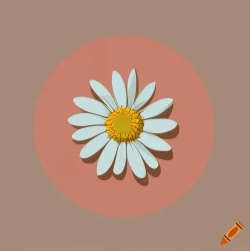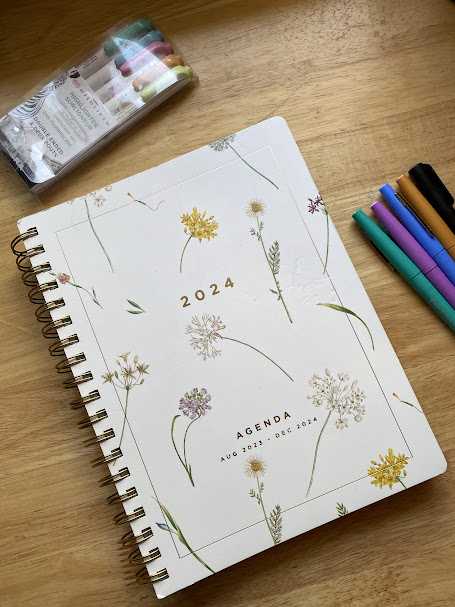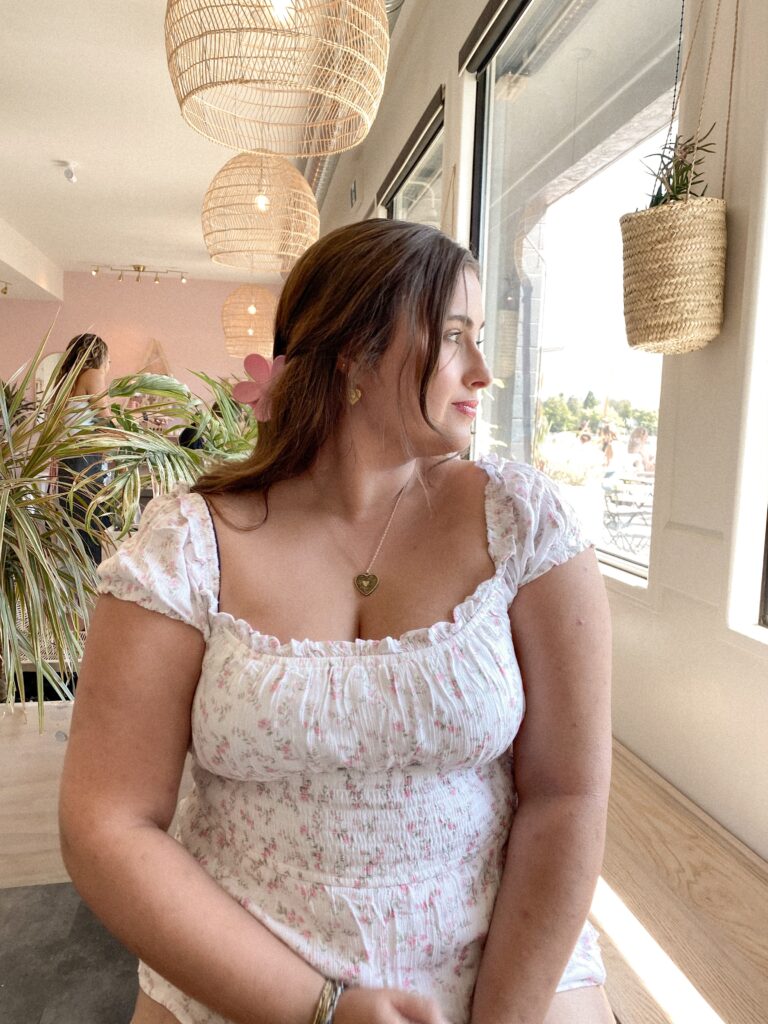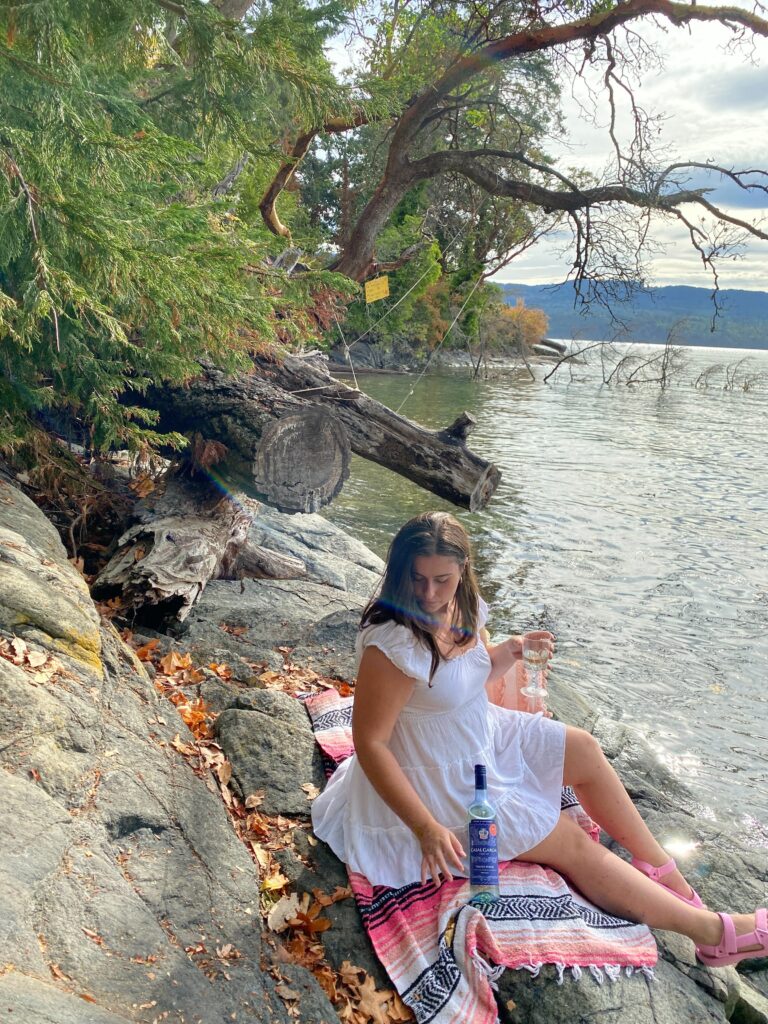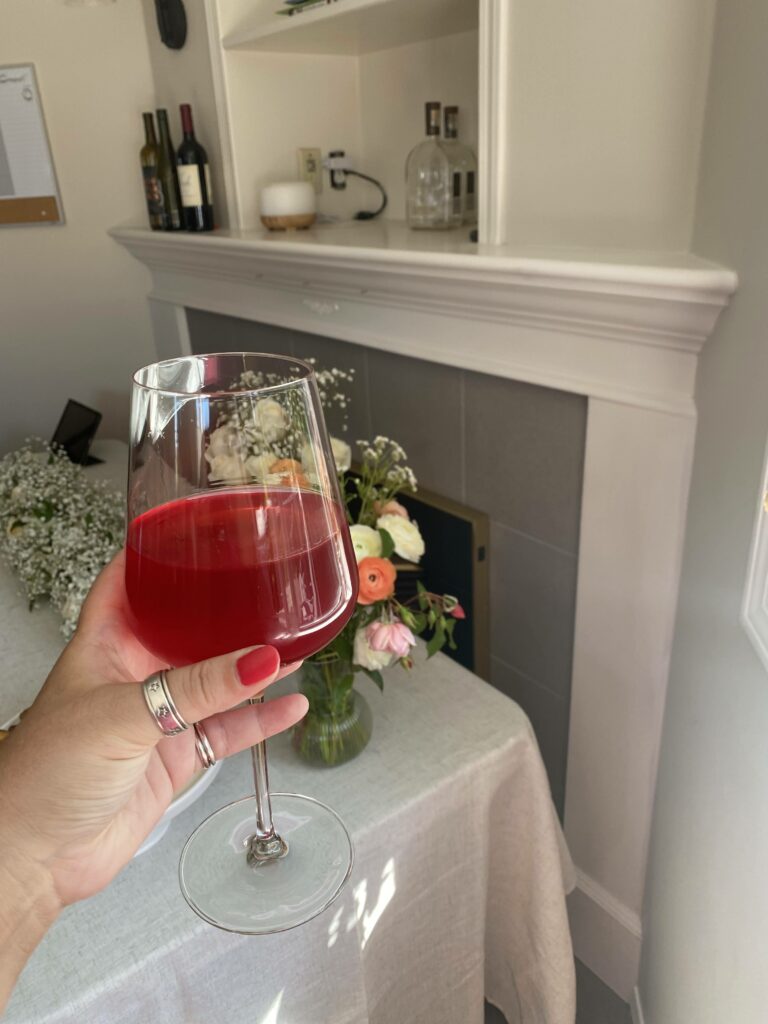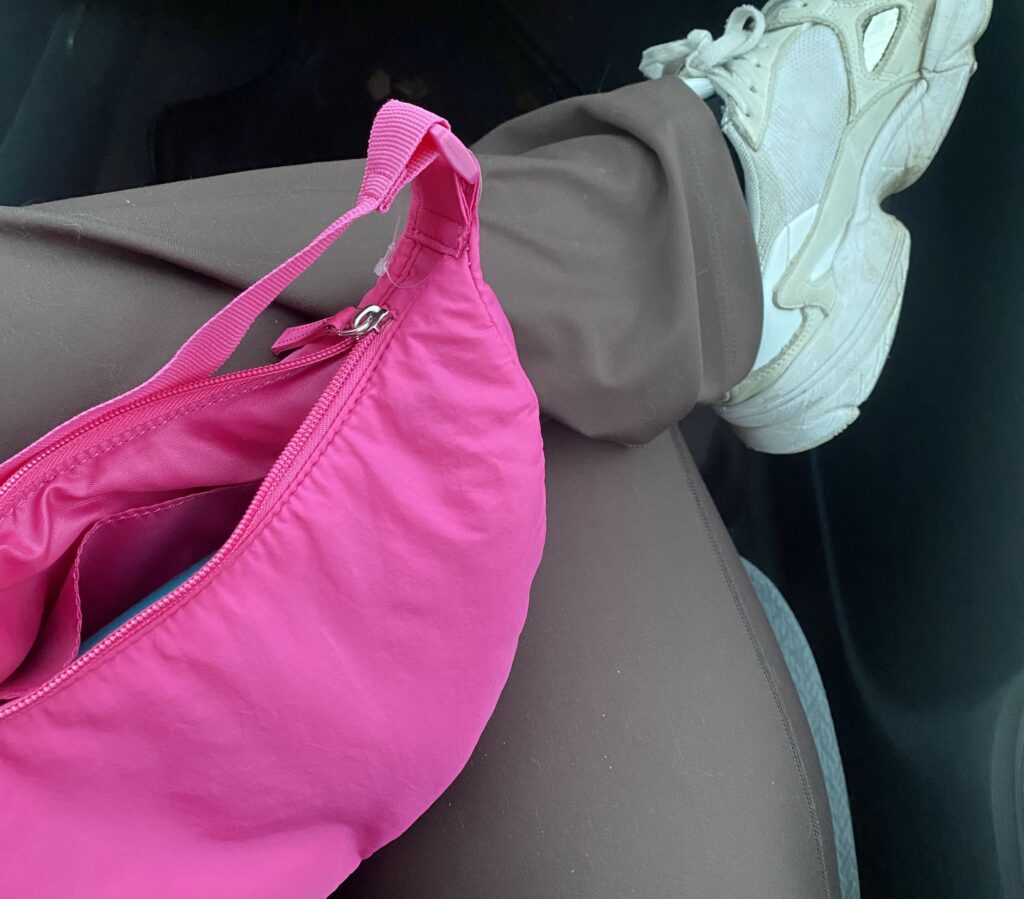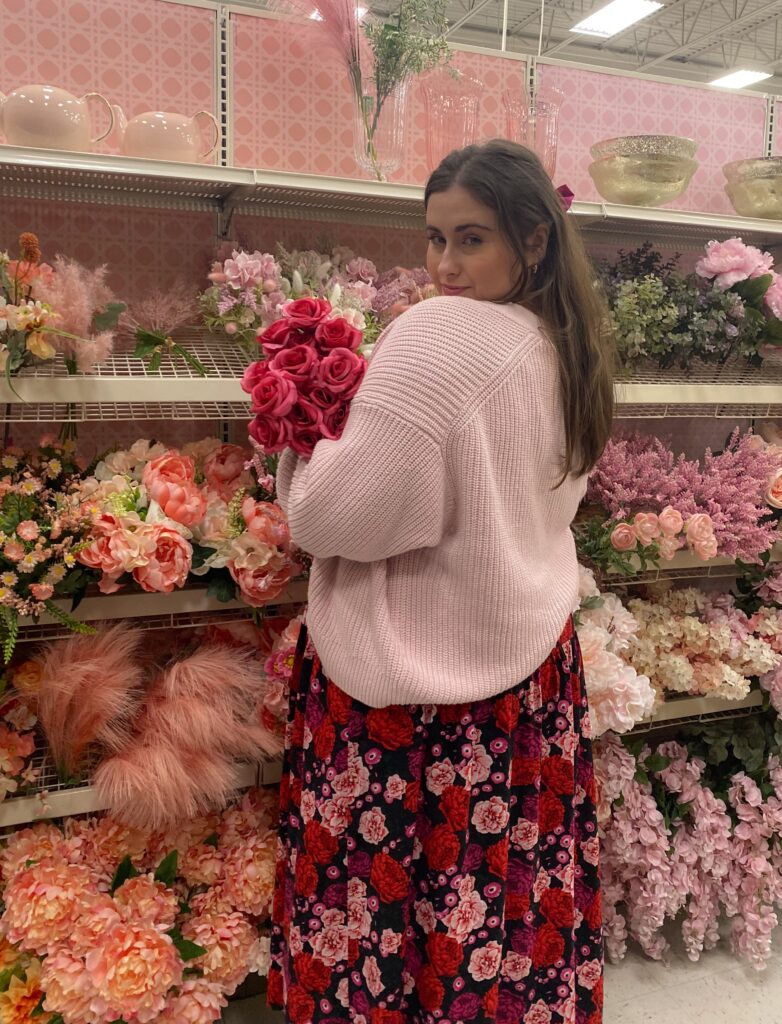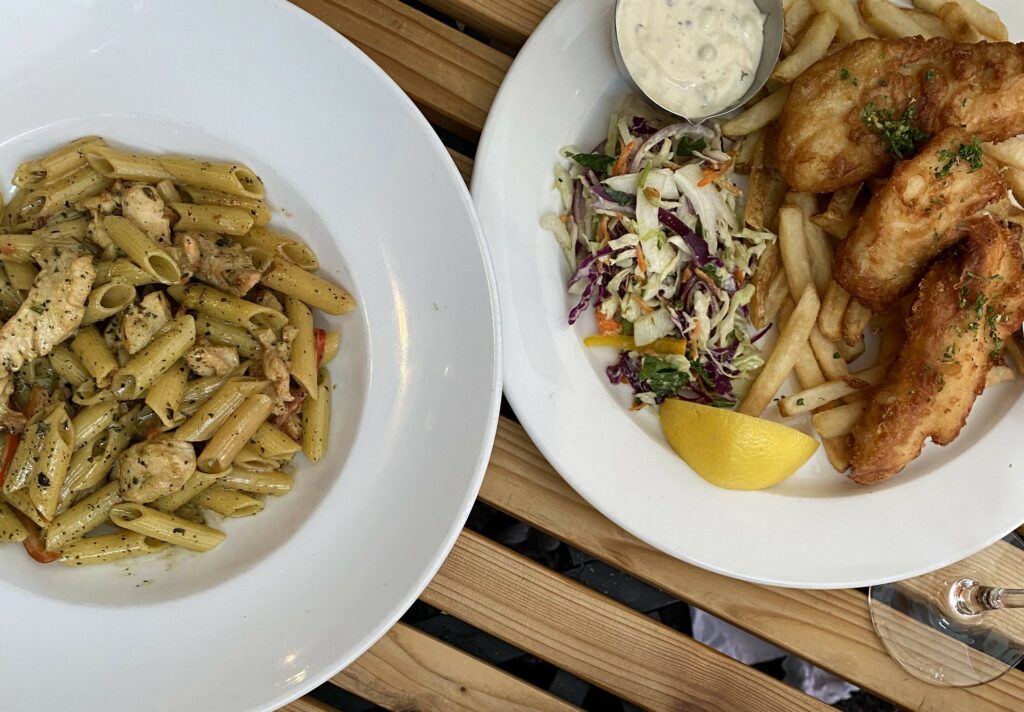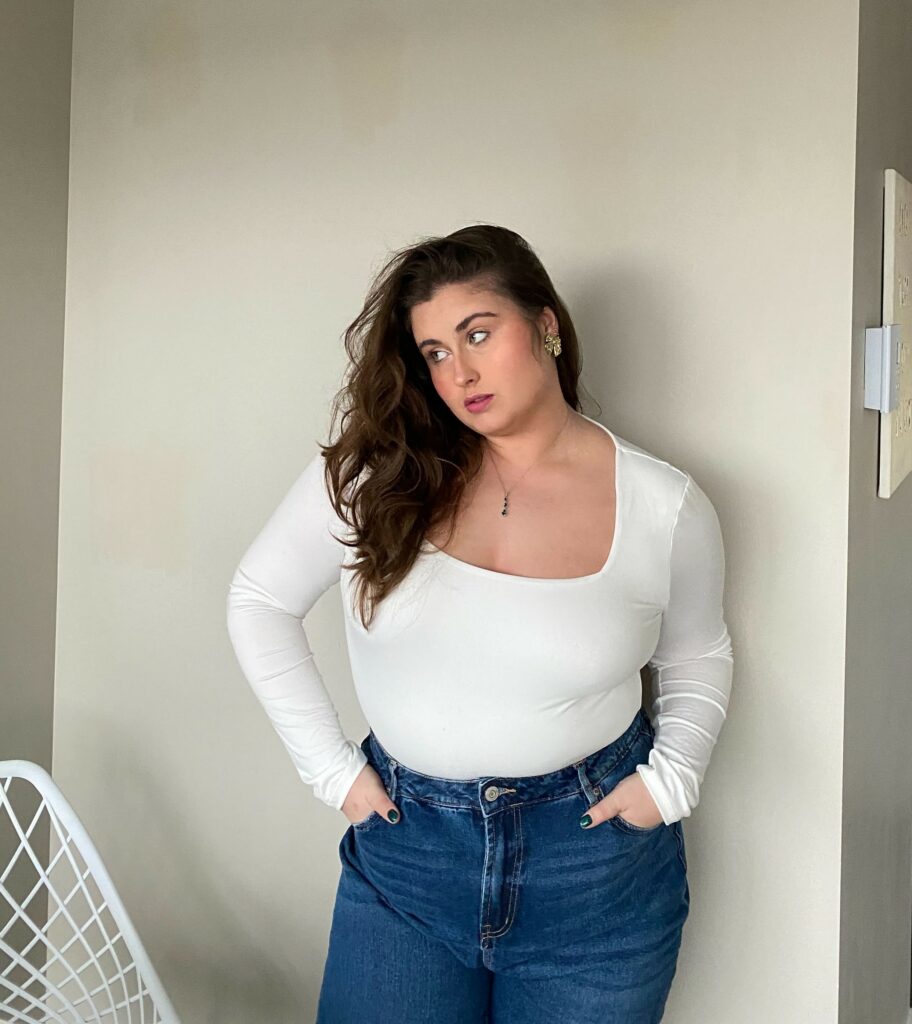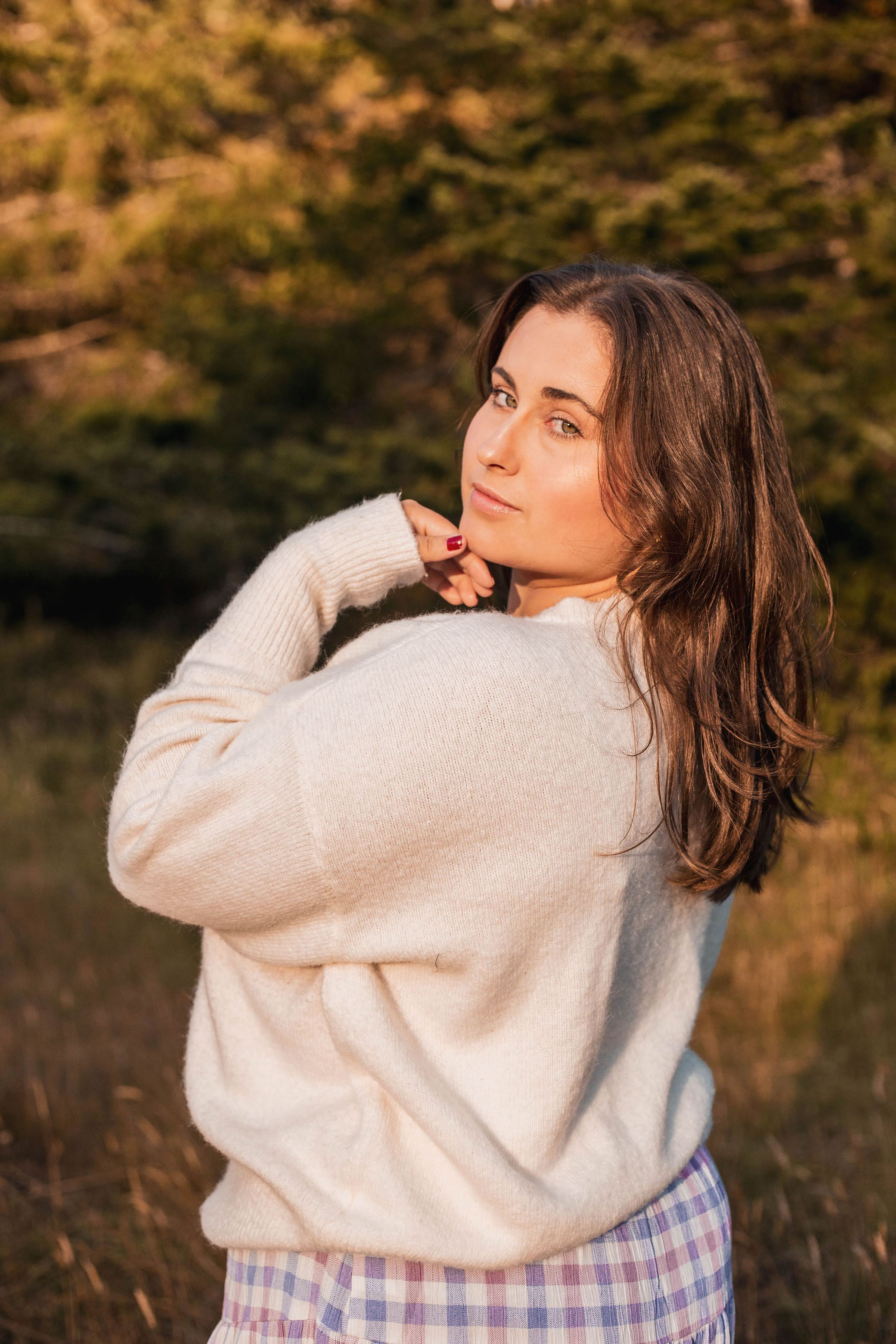This week we discussed topics of inclusion and accessibility and how we can use technology to help reduce barriers and make a more inclusive class. Simone’s discussion was very insightful and helpful in regard to inclusive education. Having a more inquiry based model allows a much more inclusive learning experience because it does not require students to be confined in the traditional classroom environment.
I think using technology to reduce barriers and improve accessibility is a great way for teachers who are working in traditional classrooms to approach these issues. Because a lot of the accessibility benefits that Simone mentioned involve having more time to speak with teachers either one-on-one or in larger discussions, and unfortunately that might just not be possible in traditional classrooms. However, if classrooms were better equipped with technology such as speech-to-text and closed captioning would take some of the pressure off the teacher while still supporting the students.

Additionally, I think certain changes such as having different types of seating, having fidgets available, and having a “cozy corner” are relatively easy changes, that I plan to implement, that can have a big effect on students feeling supported and included in the classroom. Along with that I think it is important that all students have access to these resources so that no one child feels singled out and because I believe all students regardless of designation can benefit from supports. In another class we discussed how to address inclusivity and diversity and were introduced to the Rick Hansen Foundation, which has lots of resources available to help create a more inclusive classroom especially in regard to disabilities. I plan to integrate some of these lessons and activities into my classroom some day. After talking with a classmate, we realized we both really appreciated this resource and planed to use it in the future.
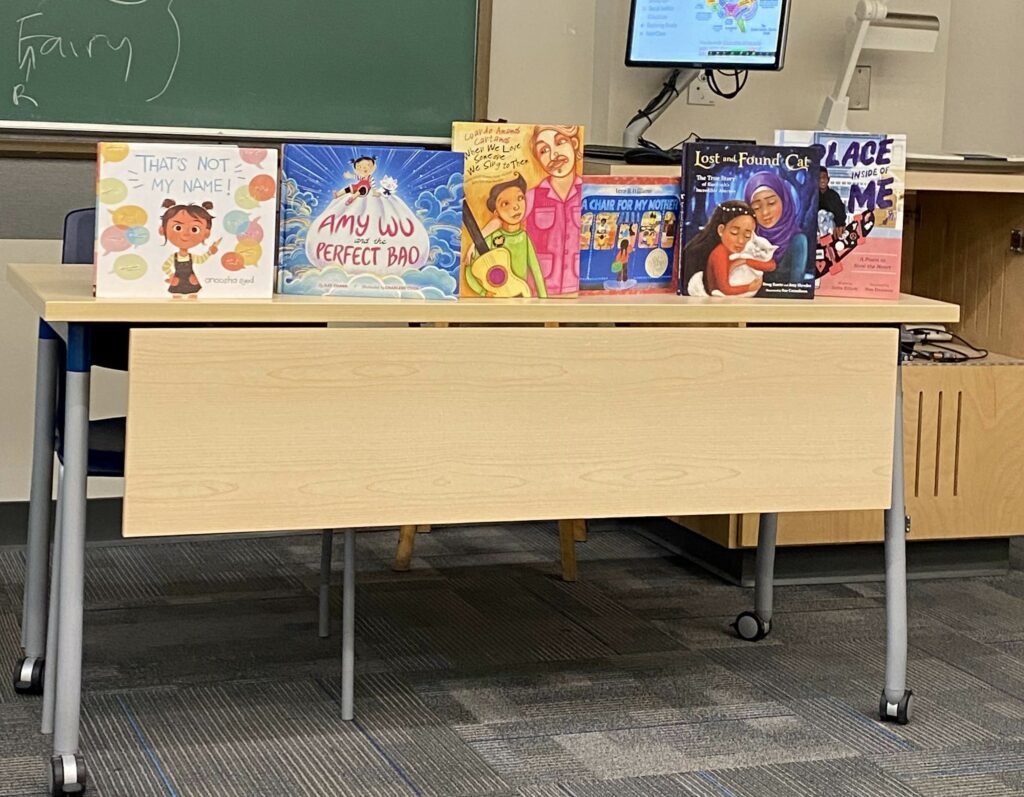
The most important thing to me that I believe fosters inclusive education is creating a welcoming and supportive classroom community. Focusing on building relationships also allows you to get to know what will help the students succeed and create a feeling of trust from the students to ask for what they need, knowing they will be listened to and heard.

